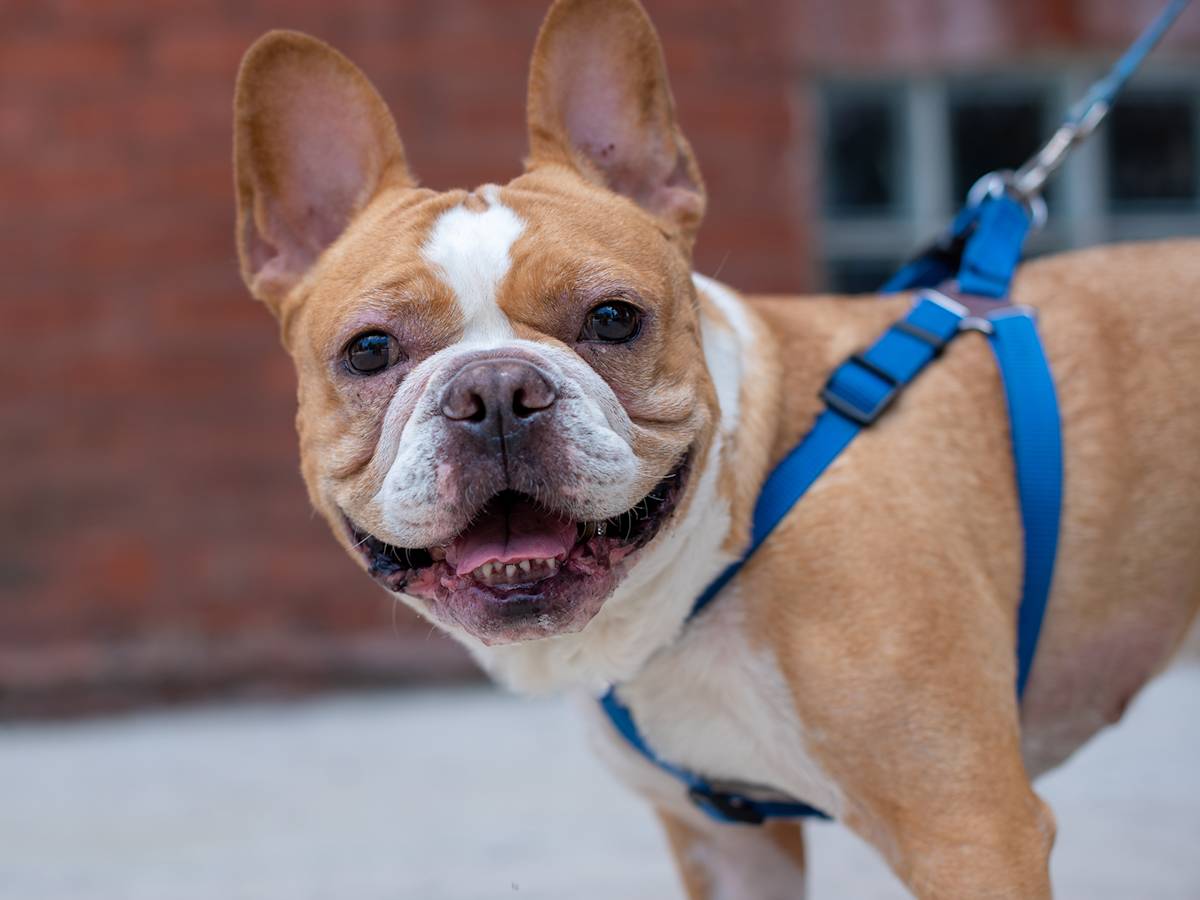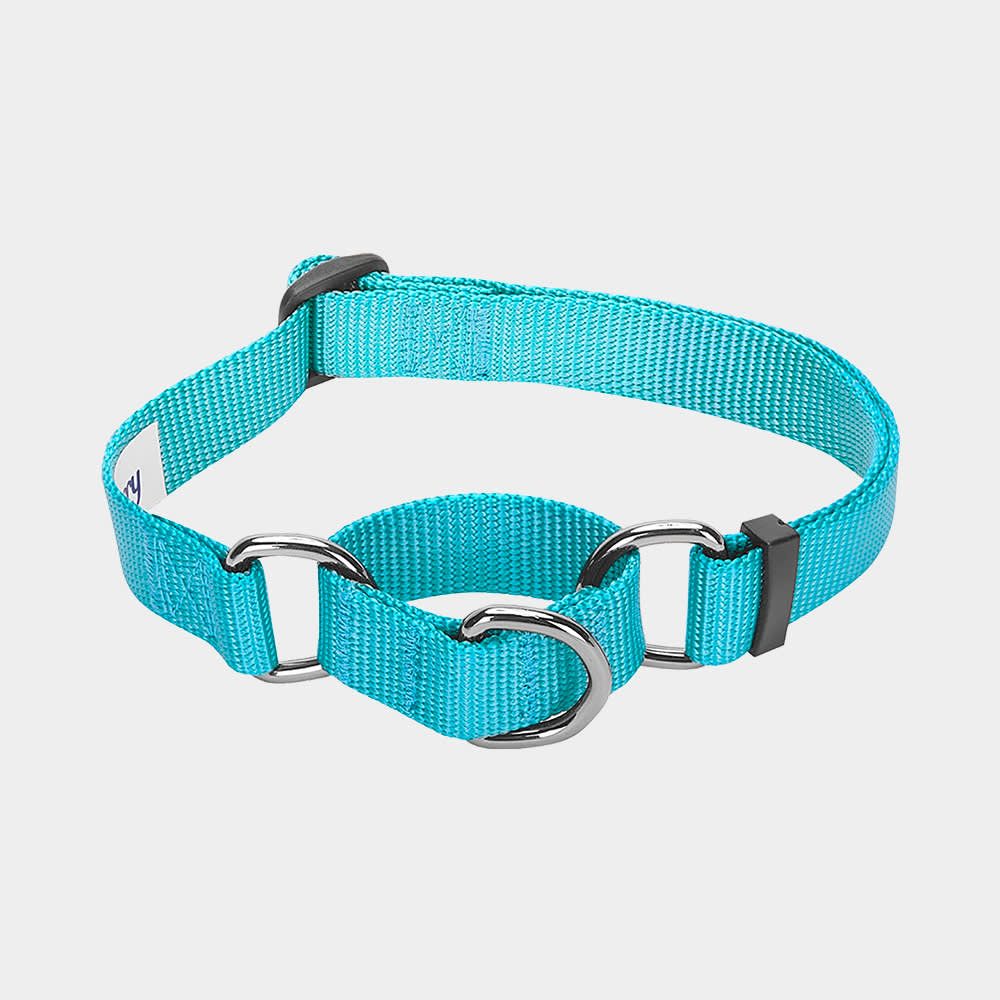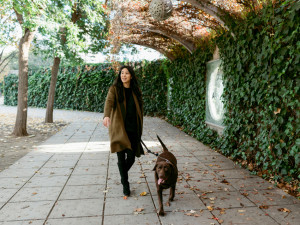Strap in: Dog Collars vs. Harnesses
Style and safety don’t have to be mutually exclusive (phew).
Accessorize. Accessorize. Accessorize! Hold on... It’s the first piece of gear that you’ll buy for your new dog, but we don’t recommend you embark on a shopping spree with that mantra in mind. When it comes to collars and harnesses, function is much more important than fashion. This means that despite how cool statement collars look on Harry Styles and sequined harnesses on Timothée Chalamet, such trappings may not keep your pup safe on the street. We broke down all the options below — on the advice of a vet — so you can decide what’s best for your dog and don’t spend money on accessories they’ll only wear once.
First, get a collar
All dogs need to wear a collar — that’s where you’ll attach their ID tag with your info in case they ever get lost. But many new rescue dogs aren’t used to being walked on a leash yet, so if yours zig-zags across the sidewalk like they’re being chased by an alligator, you’ll need a collar that offers more control than a traditional flat collar. Also, if your dog is anxious and easily spooked on walks, or able to slip their head out of the collar because of a funny head-to-neck ratio (cute!), you should look no further than a martingale-style collar, which will tighten if and when they try to back out of it.
“If you’ve got a dog that might be prone to nip or lash out at strangers, they would do best with a head halteropens in new tab, which fits over the muzzle and hooks behind the ears,” suggests Dr. Elizabeth Shines, DVM. “If you don’t control the dog’s head, you generally don’t control the dog, either.”
Then maybe a harness, too
It’s important to consider any health issues that can be made worse by a collar. “If your dog has any type of spine/neck malalignment, tracheal issue, or heart condition, you’ll want to stick with a harness to avoid putting pressure on the neck,” says Dr. Shines. Long-bodied breeds, like Dachshunds, should also never be walked on a collar because they are prone to spinal issues. Neither should small puppies that are still developing.
Harnesses often offer better control, especially if a dog is super strong. Strappy versions are best for dogs who run hot, but they can dig into the skin if you’ve got a puller. There are also harness vests that don’t chafe as much but can be bulky and constricting. Where the clips are is worth considering, too. Back-clip harnesses are great for avoiding leash leg tangles but can feed an instinct to pull (picture huskies mushing a sled). Vice versa for those with front-clips, which can curb pulling but your dog is more likely to trip up on the leash. Says Dr. Shines, “For a healthy dog, it comes down to your and your dog’s preference,” so be prepared for some trial-and-error (and save receipts).
Btw, our editors (and their pets) picked out these products. They’re always in stock at the time we publish, but there’s a chance they’ll sell out. If you do buy through our links, we may earn a commission. (We’ve got a lot of toys to buy over here, you know?)











